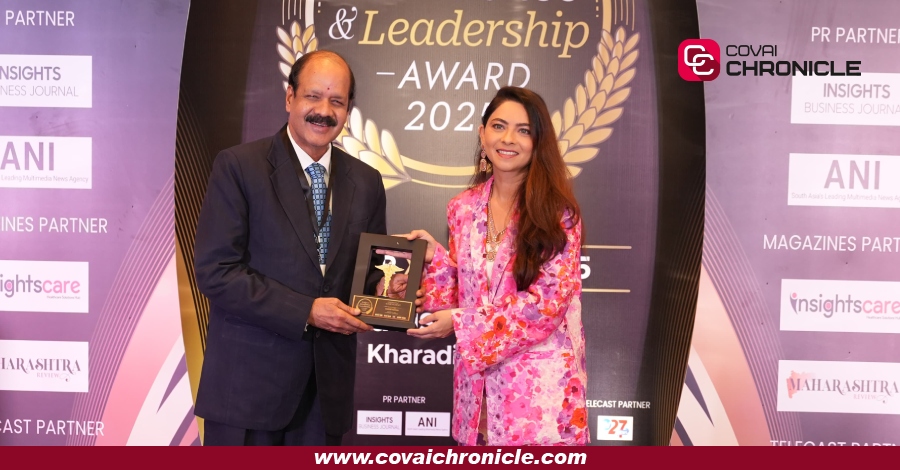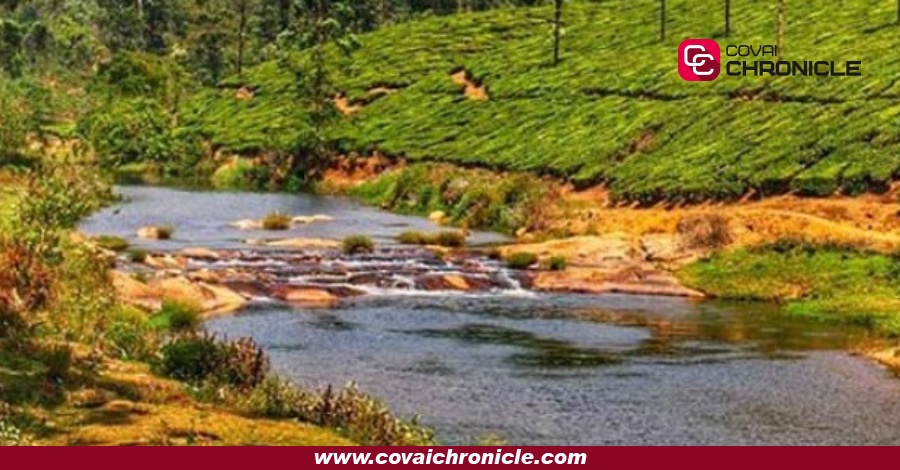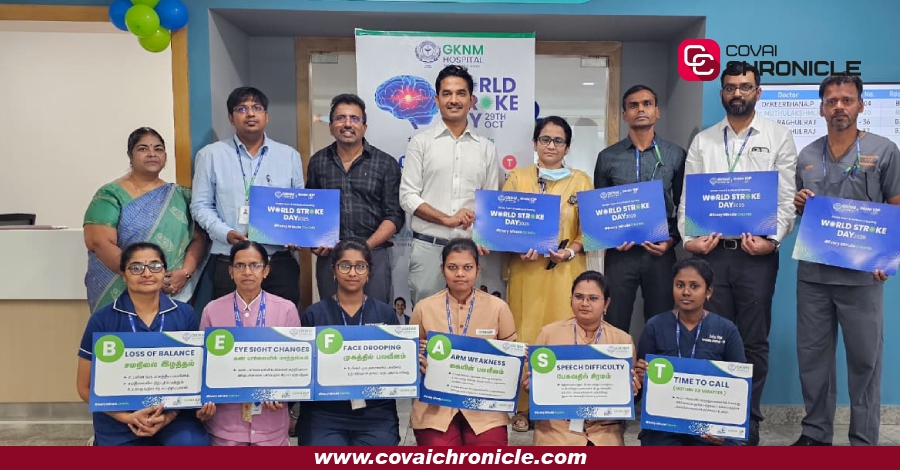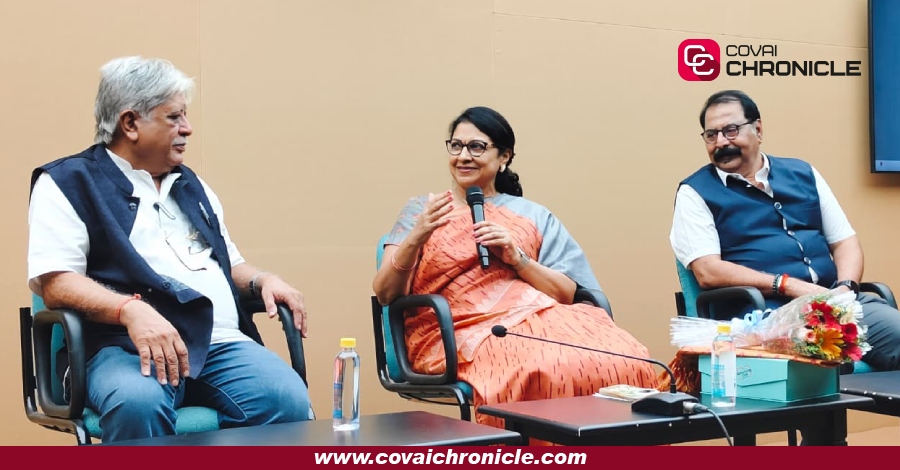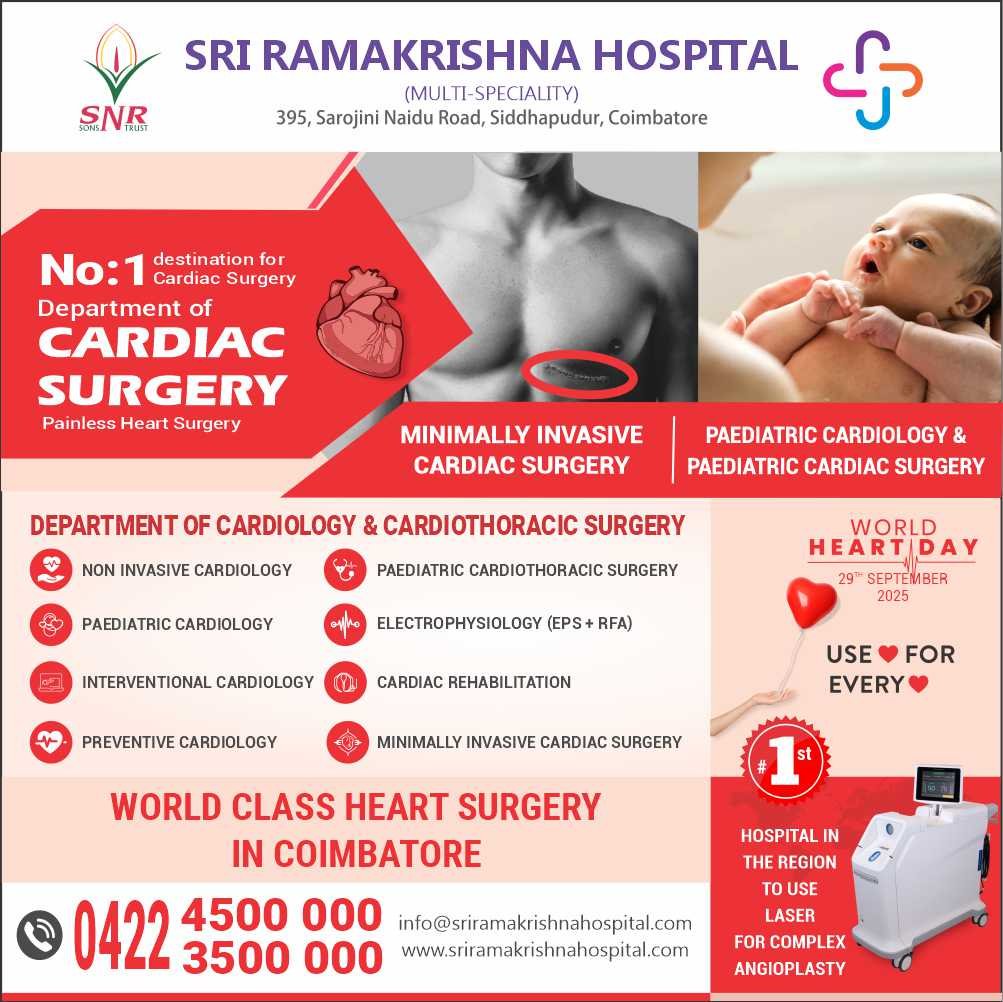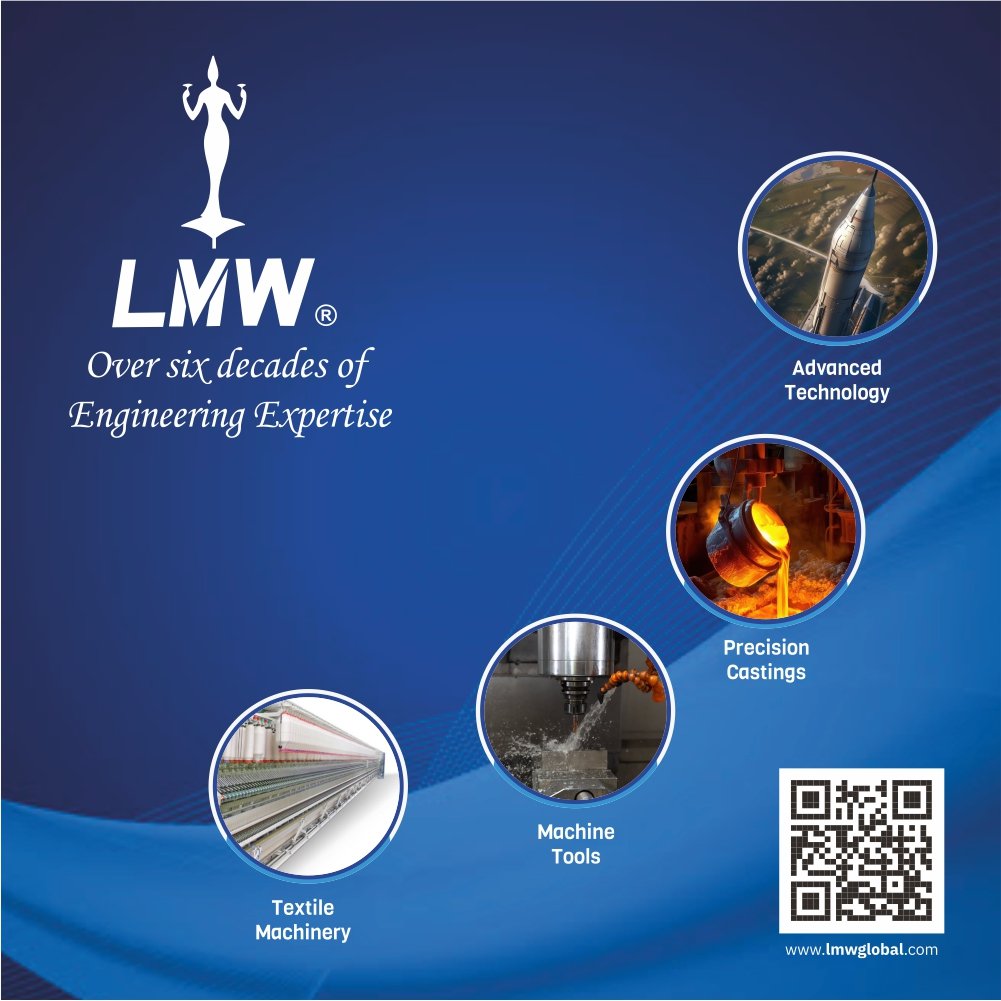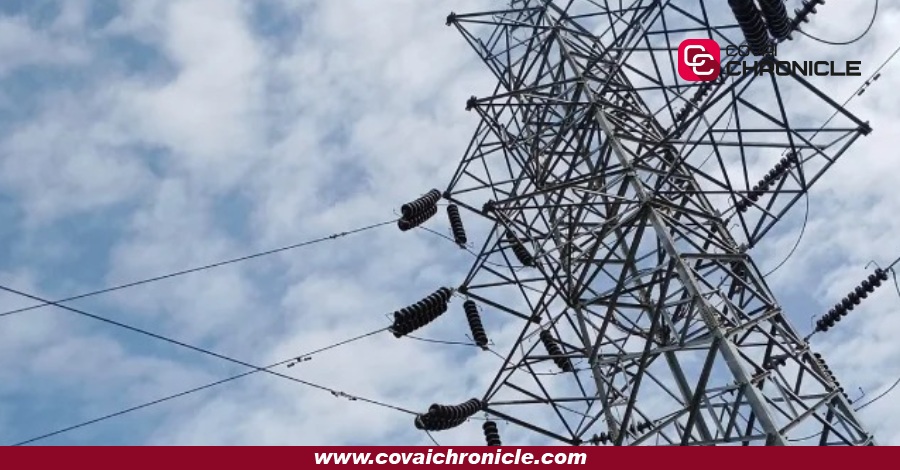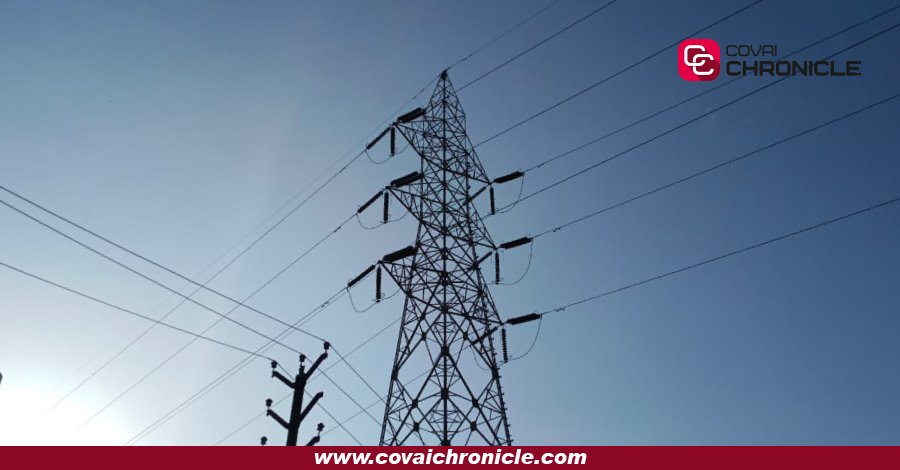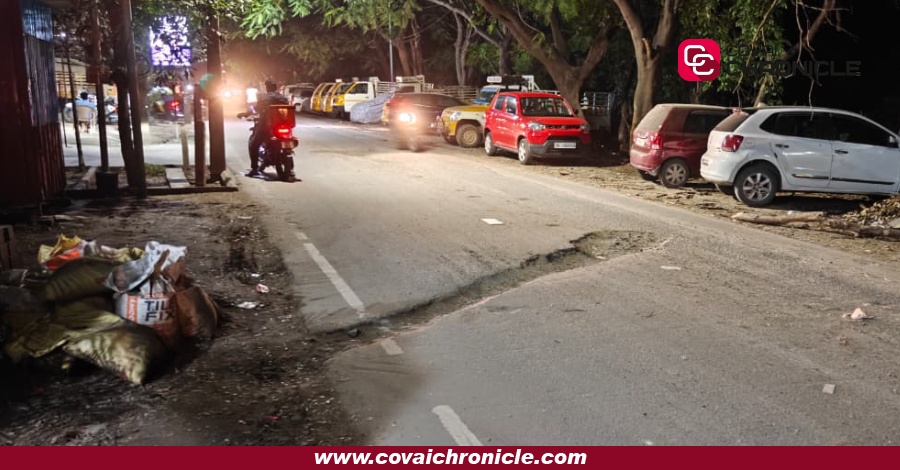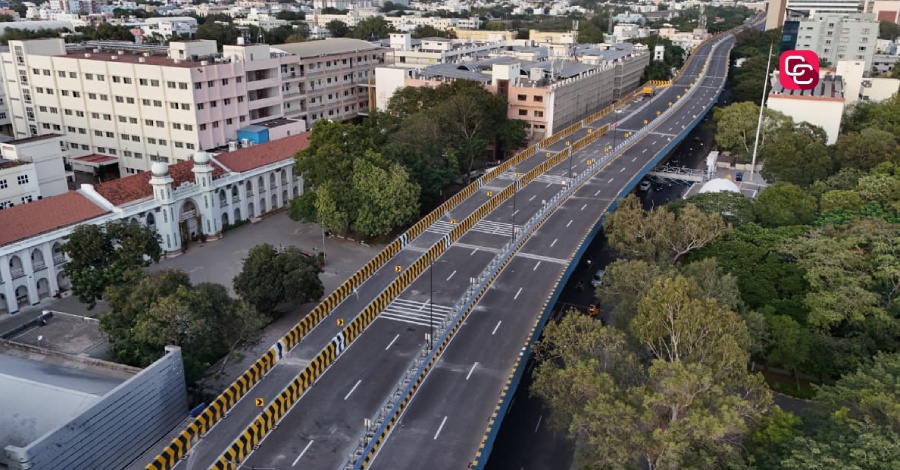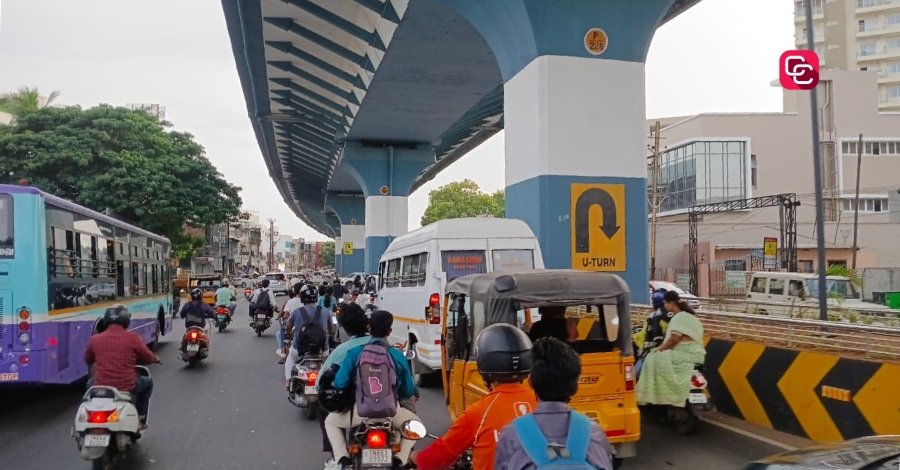Kumaraguru College of Technology hosts International Conference on Air Quality Monitoring and Modeling
- by admin
- Mar 19,2025
A two-day International Conference on Air Quality Monitoring and Modeling is underway at Kumaraguru College of Technology (KCT), Coimbatore, to bring together experts, researchers, and practitioners to explore advancements, share insights, and foster collaboration in the field.
The Department of Civil Engineering at KCT partnered with the Chartered Institute of Building, Council of Scientific and Industrial Research, National Environmental Engineering Research Institute (NEERI), and Institution of Engineers India to organize the event.
The conference aims to address critical air quality challenges on a global scale. Prof. Dr. Ezhilarasi, Principal of KCT, welcomed the gathering. Dr. Patrizio Arrigo, former CNR SCITEC researcher from Italy, participated in the inaugural session as the Chief Guest. Shankar Vanavarayar, President of Kumaraguru Institutions presided over the event.
Shankar Vanavarayar, in his presidential address, stressed that the conference’s objective was to explore solutions and possible measures to mitigate air pollution. "Air is something that we cannot limit by boundaries, political decisions, or armies; air is connected across the world," he remarked.
He noted that while many establishments worldwide deploy technologies to filter air and improve indoor air quality, a more sustainable approach would be to address pollution at its source. “No matter how much we filter the air indoors, we cannot always stay inside. We need to step out, and hence, we must work towards resolving this issue in our environment,” he said. 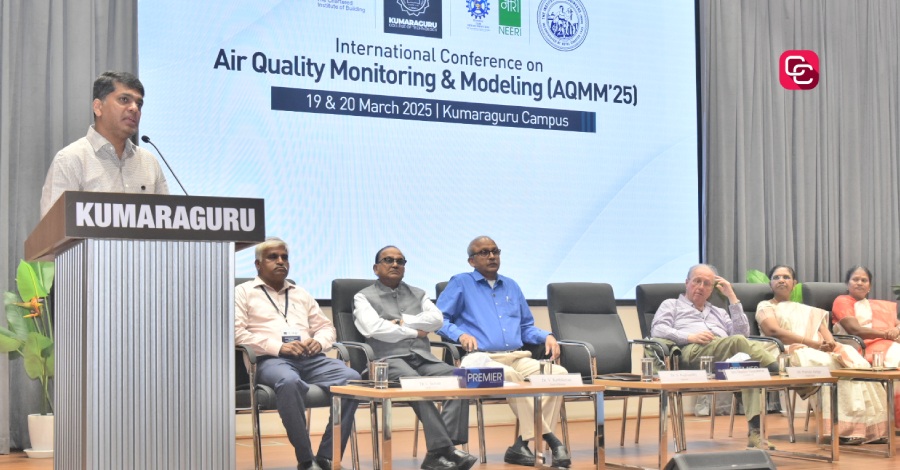
Mr.Vanavarayar further emphasized that solving this challenge requires a multidisciplinary approach, as air pollution is not caused by a single source. He called for an "inter-dimensional, inter-domain, and inter-people network" to tackle the issue, asserting that it is a problem that affects everyone and cannot be left solely to the government. Scientists, engineers, technologists, and social scientists must collaborate to find viable solutions.
He highlighted that addressing air pollution is not an impossible task, citing countries like Denmark, Sweden, and Norway as examples. Despite being industrialized, they have successfully tackled air pollution by taking responsibility for the costs involved. He stressed that India must now take similar steps, developing solutions that not only address local challenges but also enhance the country’s ability to achieve greater progress without harming the environment.
Dr. Patrizio Arrigo, in his address, explained that air pollution in one place can have far-reaching consequences elsewhere, much like the butterfly effect in chaos theory. 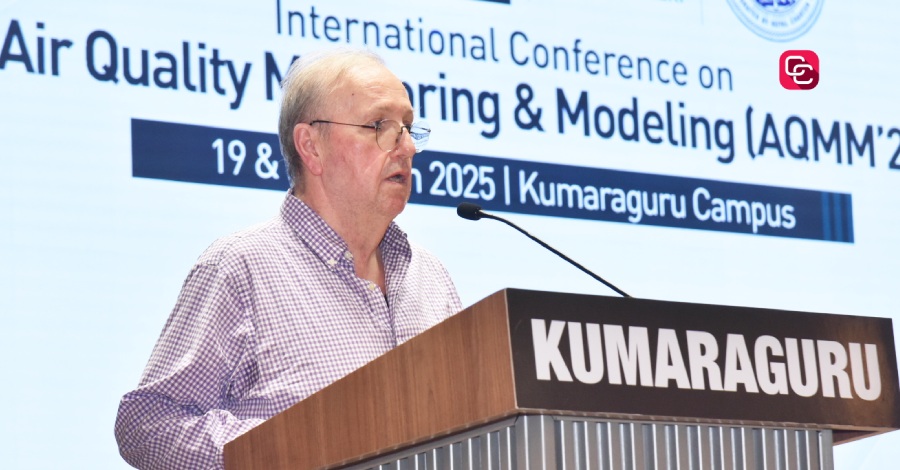
He emphasized the importance of bringing together people with diverse expertise to mitigate air pollution. He urged engineers to gather data, analyze it, and use technologies like AI and machine learning to predict outcomes and develop pragmatic solutions. “A project of this scale must be taken up globally,” he remarked.
Guest of Honor Dr. V. Karthikeyan, Chairman of the Institution of Engineers (India), Tamil Nadu State Centre, called upon researchers to develop cost-effective technologies to capture particulate matter generated during construction activities. While such technologies exist in a few countries, their high costs make them inaccessible to many in India. Developing indigenous solutions, he noted, could be a game-changer in tackling air pollution effectively. 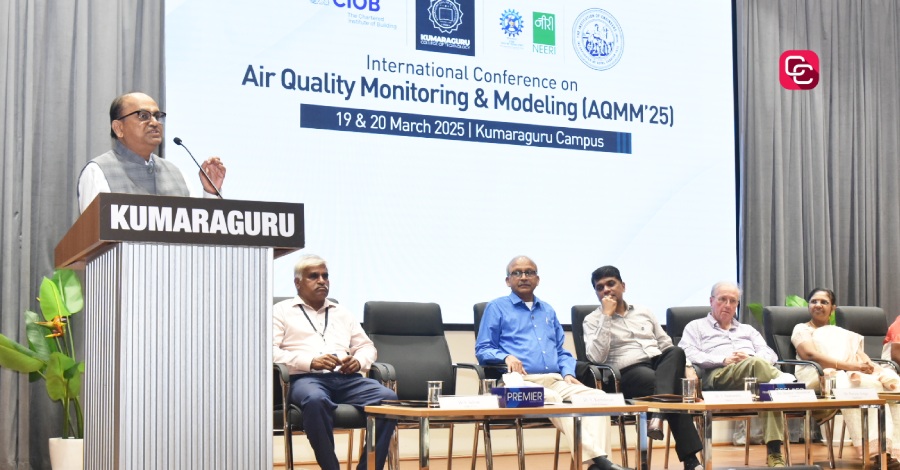
Earlier, Prof. Dr. A. Gandhimathi from KCT’s Civil Engineering Department shared that the conference received 100 research papers, of which 40 were selected for presentation. These papers came from India, Germany, the USA, Canada, Nigeria, and several other countries. Researchers from Anna University, Chennai, and various IITs also contributed their work.










